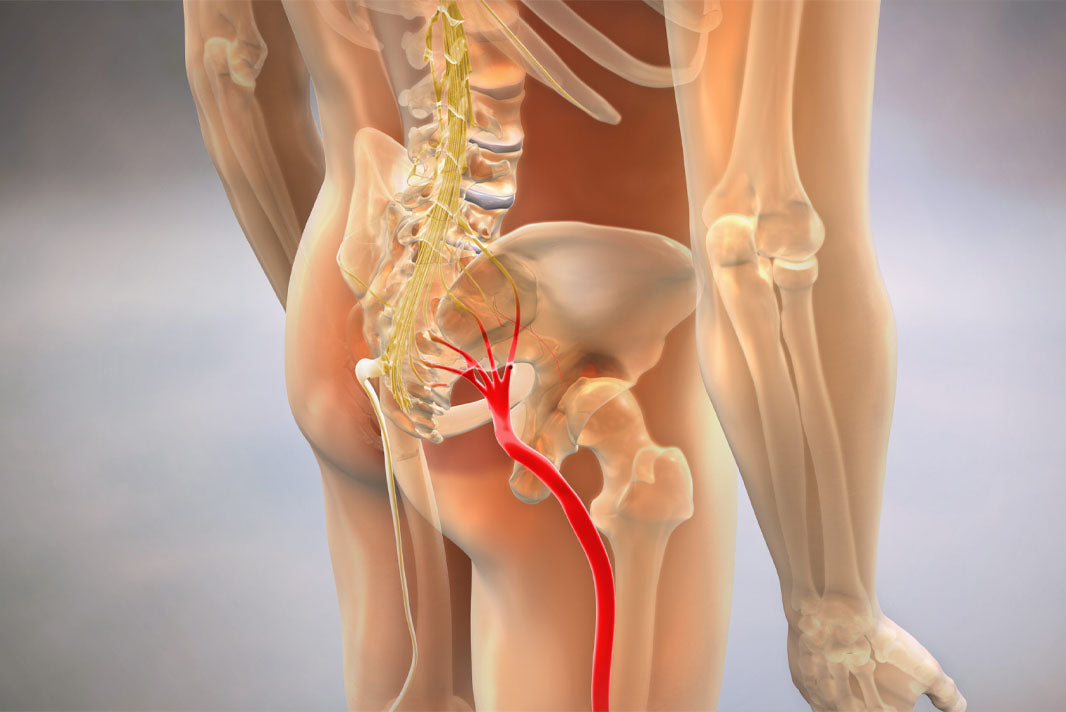
Sciatica, Herniated Disc, Lumbago: What Differences and How To Relieve Your Pain?
Introduction: The Struggle with Lower Back Pain
Lower back pain is one of the most common reasons people miss work or seek medical help. If you’ve ever experienced sharp pain shooting down your leg, a constant ache in your lower back, or that sudden “locked” feeling after a wrong movement, you’re not alone. Terms like sciatica, herniated disc, and lumbago often get used interchangeably, but each condition has its own causes—and requires a slightly different approach to relief. Understanding the differences is the first step to finding the best way forward and getting your life back on track.
What’s the Difference? Defining Sciatica, Herniated Disc, and Lumbago
Sciatica
Sciatica refers to pain that radiates along the path of the sciatic nerve, which branches from your lower back through your hips and buttocks and down each leg. This pain is often caused by compression or irritation of the nerve, most commonly from a herniated disc or spinal stenosis.
Herniated Disc
A herniated disc occurs when the soft cushion (disc) between your spinal vertebrae bulges out or ruptures, pressing on nearby nerves. This can cause localized pain in the back as well as radiating pain—sometimes resulting in sciatica.
Lumbago
Lumbago is a general term for lower back pain. It can be caused by muscle strain, poor posture, injury, or underlying spine problems. It doesn’t always involve nerve pain, but can still significantly limit movement and comfort.
Main Causes and Everyday Challenges
The causes of these pains often overlap:
-
Poor posture, especially from prolonged sitting or incorrect lifting
-
Sudden movements or heavy lifting without proper support
-
Degenerative changes in the spine with age
-
Muscle weakness or imbalance, often from a sedentary lifestyle
-
Injuries from falls, accidents, or repetitive strain
Stress and lack of regular movement can further exacerbate these issues, creating a cycle of pain and muscle tension.
Symptoms: When to Be Concerned
It’s important to recognize when back pain needs extra attention. Warning signs include:
-
Persistent or severe lower back pain
-
Pain radiating down one or both legs (especially with numbness or tingling)
-
Sudden weakness in the legs or difficulty walking
-
Loss of bladder or bowel control (seek emergency care)
Practical, Natural Solutions and Tips
-
Prioritize Posture:
Set up your work and relaxation spaces to support a healthy spine. Use chairs with proper lumbar support, keep your feet flat on the floor, and avoid slouching. -
Gentle Mobility and Stretching:
Daily stretches, yoga, or simple back exercises can increase flexibility and reduce muscle tightness. Regular movement helps maintain spine health. -
Heat and Cold Therapy:
Applying a warm compress or an ice pack to the lower back can soothe muscles and reduce inflammation. Alternate as needed based on what feels best. -
Supportive Tools:
Modern solutions like lumbar cushions, compression belts, or massagers can help relieve pressure and support healing—especially if your pain is triggered by posture or long hours of sitting. -
Expert Help:
Consult with a healthcare provider if your pain is severe, persistent, or accompanied by neurological symptoms. Early intervention can prevent chronic problems.
Conclusion: Take Charge of Your Recovery
Living with sciatica, herniated discs, or lumbago doesn’t have to mean living in constant pain. By understanding your symptoms, making small daily changes, and using the right support, you can start moving freely and confidently again. Ready to take your first step toward relief? Explore our Lumbar Cushion for Back Pain and Posture, Compression Back Belt for Pain and Posture, or Electric Massage Cushion for Full-Body Relief to experience real comfort and support on your path to recovery.
Find your MyPostureo solution
-
Lumbar Cushion for Back Pain and Posture
Regular price €59,90 EURRegular priceUnit price / per€129,99 EURSale price From €59,90 EURSale -
 Best Seller
Best SellerElectric Massage Cushion for Full-Body Relief
Regular price €89,99 EURRegular priceUnit price / per€23,66 EURSale price From €89,99 EURBest Seller -
Compression Back Belt for Pain and Posture
Regular price €49,90 EURRegular priceUnit price / per€79,99 EURSale price €49,90 EURSale



